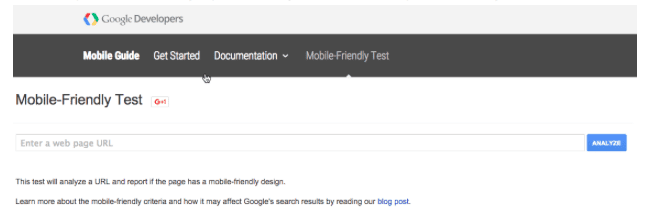This blog post is part of “The Ultimate Guide to Web Development” and “The Ultimate Guide to SEO” blog series. You can also check our premium B2B SEO services to accelerate your traffic, leads, and sales.
Good Content Is Not Enough: How User Experience Impacts SEO
With the Panda and Penguin search algorithm updates, Google made it very clear that user experience continues to play a bigger role in how it ranks sites and pages. What is user experience in SEO? At the highest level, it’s about helping people find what they’re looking for as quickly as possible. That’s what Google wants. They want to be trusted, to be the best source of helpful, accurate information on the Internet.
As content marketers, helping people find the information they want should be our goal too. Right?
How does Google measure user experience? There are a few factors that we know–the relevance of content, the accuracy and helpfulness of content, and access to the content promised by an ad or a search listing. But there are a few factors in user experience measured by Google that have nothing to do with the content itself.
They are pagespeed, mobile friendliness, and page quality. Let’s look at each one.
- Pagespeed. According to a report by Kissmetrics, if a page takes more than two seconds to load, it’s likely to be abandoned. Google does consider pagespeed in its rankings as well. This is a great example of where user desires and Google’s algorithm are directly related. Google doesn’t like slow pages because its customers don’t like slow pages. The good news is that Google wants to help us make our pages faster. It has a PageSpeed Insights page where you can enter URLs and test page speed. It will tell you what needs attention and give you very specific instructions on how to fix any problems.

- Mobile experience. We know that mobile search is growing faster than desktop search, but many companies, especially in the B2B space, have been slow to optimize their sites for a great mobile experience. Big mistake. A recent study found that 77 percent of people search on their phones and tablets even when they are at their home or office with a desktop/laptop nearby. Deliver a poor mobile experience and all of your content will be downgraded by Google, whether people are using mobile devices to access your site or not. It’s that important. How does your mobile experience stack up? Google has a tool for that too–the Mobile-Friendly Test. Again, you get a score and if there are issues, you’ll get directions for how to fix them. Some basic mobile-friendly website features include a responsive display that reshapes to fit any device, with large type and large buttons for easy use with fingers.

- Page quality. This is another area that Google is ranking that for the most part has nothing to do with the quality of the content. For Google, page quality means that the information you promised is front and center when people click on the link from an ad or a search listing. The biggest factor in page quality for Google is the presence of ads at the top of the screen that must be scrolled away in order to get to the content that was offered. Page quality metrics were introduced with Google’s Top Heavy algorithm, last updated in 2014. Ads, large banner graphics, and any other material that blocks access to the content offered will count against you. Sorry, but there’s no test available for this one.
The user experience ranking factors mean that we can have great content, fully optimized with our titles, tags, headers, and descriptions all lined up, and still rank low because of factors unrelated to on-page SEO. That’s a tough pill to swallow.
The good news about Google’s user experience metrics is that they actually help us deliver a better experience for the people we’re trying to connect with. In the pre-Panda/Penguin world, fake press releases and bait-and-switch offers were rewarded with higher ranking because you could trick people into clicking on links. Now we have to earn clicks, which will reward good, authentic marketing practices.
This blog post is part of “The Ultimate Guide to Web Development” blog series.




